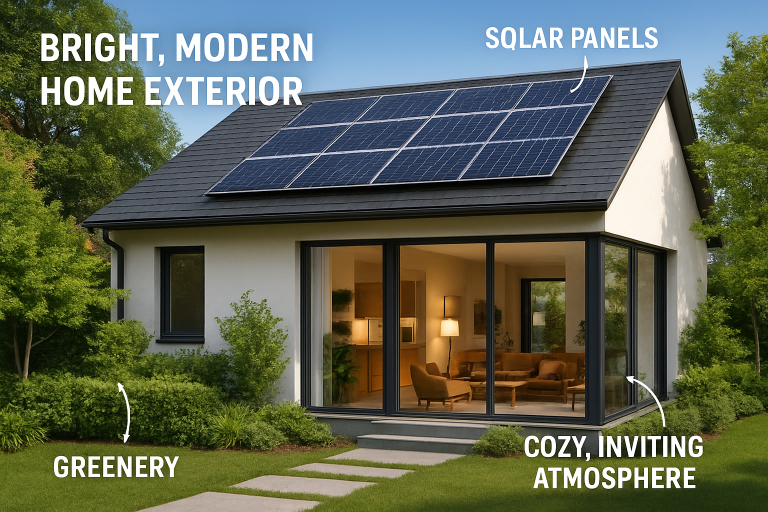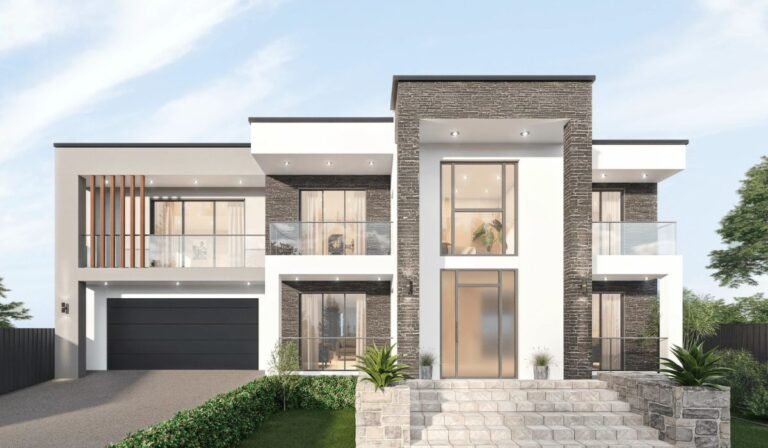The real estate landscape is continually shifting, and today, homebuyers are more discerning than ever in their preferences. Increasingly, buyers are drawn to properties that marry modern aesthetics with practical, sustainable features. The integration of style, comfort, and environmental consciousness significantly impacts what buyers seek, whether scouring listings or visiting homes for sale in Westhaven. Understanding prevailing design trends can give builders, sellers, and even future homeowners a crucial advantage.
Thoughtful design isn’t just about looking good—it’s about functionality, adaptability, and well-being. As families grow, work habits change, and climate concerns mount, the evolution of home features takes on even greater importance. Today’s buyers prioritize energy efficiency, seek inviting and versatile spaces, and favor homes that reflect their unique personalities while ensuring resilience against environmental challenges.
Design trends not only reflect what’s popular but also anticipate the needs of tomorrow’s buyers. By paying attention to these shifts, homeowners and industry professionals can make savvy decisions that increase value and satisfaction in the home-buying process. For example, savvy buyers now consider neighborhood amenities, integrated technologies, and sustainable building practices nearly as crucial as square footage or curb appeal.
You can visit respected analyses on platforms like Architectural Digest to look at how broader housing and decor trends influence the market.
Embracing Energy Efficiency
Energy conservation has moved to the forefront of homebuyer priorities, as evidenced by the surge in sustainable features such as whole-home batteries and solar panels. New listings noting these features have climbed considerably in recent years, demonstrating a shift toward eco-friendly homes. Buyers recognize that energy-efficient upgrades can deliver long-term savings and peace of mind regarding resource consumption.
This trend also reflects a growing environmental consciousness, as people strive to reduce their carbon footprint and utility bills. Recent data highlights a 62% increase in mentions of home batteries and an 18% jump for solar panels, indicating that the home of the future is as bright as it is efficient.

Cozy and Multifunctional Spaces
Gone are the days when sprawling, open-concept homes were automatically appealing. Today, buyers gravitate toward thoughtfully designed, cozy spaces that serve multiple purposes and prioritize comfort. Rising by 35%, listings that use the term “cozy” signal a clear trend toward creating intimate, purposeful rooms—home offices, reading nooks, homework corners, and exercise spaces that fit diverse family needs. This movement is about maximizing the potential of every square foot and cultivating warmth and community within the home environment.
Incorporating Vintage Elements
Modern design does not mean abandoning the past. On the contrary, blending vintage features—such as antique accents, bold patterns, and entire home libraries—adds individuality and depth to new builds or remodels. This welcome resurgence means more listings highlight classic details that evoke comfort and nostalgia.
It’s a nod to craftsmanship and personal stories, creating homes that feel distinctive rather than cookie-cutter. Interior designers and homeowners are finding creative ways to combine new fixtures with cherished heirlooms or repurposed vintage finds.
Prioritizing Climate Resilience
With climate-related events increasing in frequency and severity, features that can mitigate risk are becoming a major draw for buyers. Modern homes now tout additions like flood barriers, seismic reinforcements, and integrated water catchment systems.
These upgrades protect the homeowner’s investment and may ultimately reduce insurance costs. Forward-thinking design safeguards against unpredictable weather, ensuring greater peace of mind for the future.
Outdoor Living and Community Connectivity
Expansive lawns, rooftop terraces, and balconies have become must-haves for many contemporary buyers. The pandemic underscored the importance of outdoor living spaces, leading to a boom in demand for homes with private gardens, patios, or proximity to parks.
Today, 50% of homebuyers consider access to green spaces and community amenities when searching for their next property. Outdoor areas offer flexible use—from casual gatherings to quiet retreats—and foster a stronger sense of community engagement.
Flexible and Adaptable Spaces
Flexibility is increasingly seen as a critical home feature. Whether accommodating remote work, exercise routines, or multi-generational living, adaptable layouts improve a home’s livability. Clever use of sliding walls, convertible spaces, or integrated storage solutions helps homes evolve with their occupants’ changing needs. This commitment to flexibility ensures that a property can remain practical and desirable over time, regardless of the future.
Integration of Smart Home Technology
Technological integration is no longer considered a bonus; it’s becoming standard. Smart home features like app-controlled lighting, remote thermostats, and advanced security systems greatly appeal to buyers who value convenience and efficient living. These features streamline daily life and can enhance security, save energy, and contribute to a more enjoyable lifestyle. As digital technology advances, the demand for homes seamlessly incorporating these systems continues to climb.
Conclusion
Modern home design trends reflect timeless comfort, innovative sustainability, and adaptive technologies. Energy efficiency, cozy multipurpose areas, vintage charm, resilience to climate risks, and lively outdoor spaces all play increasingly central roles in influencing buyer preferences. By aligning with these key trends, homeowners and industry professionals can ensure their investments are both rewarding and future-ready in a rapidly evolving real estate market.
